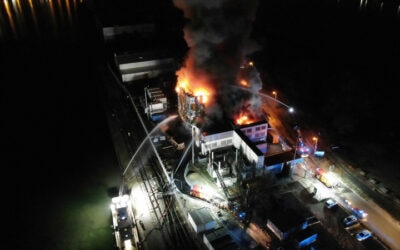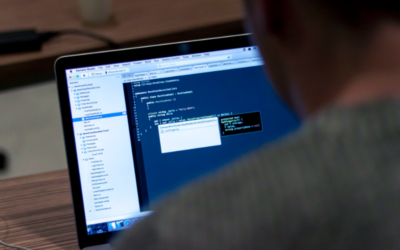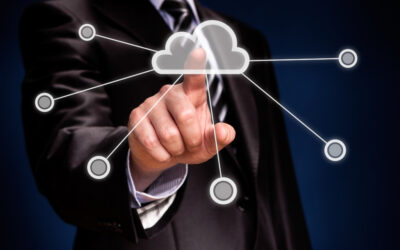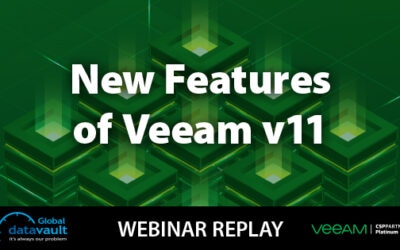Can you restore what you need to, right now?
Many companies have workloads in many places and in many forms. Split amongst virtual and physical, on-premises and cloud or multi-cloud, priority for these systems is keeping them running and available. Years ago, the “P2V conversion movement” dealt with transitioning aging physical servers into their new homes as virtual machines. This solved a number of problems, mostly hardware that was old, no longer supported, out of warranty, or simply “could not be turned off” for application reasons.
Fast forward many years, and the issue still lives. Industries, and customers, demand availability, no matter what the source. The question now becomes one of keeping things running no matter where they exist, specifically when you need to restore the system for some reason.
Can Veeam back up physical servers?
Veeam® Software, a leader in Cloud Data Management, and the pioneers of instant virtual machine recovery, provides the recovery solutions you need. Veeam started as a virtual-only solution but began offering agents for physical servers in 2017. Veeam has been able to restore any Veeam agent-based Windows into Hyper-V for a time now, but with Veeam Backup & Replication v10 released in February of this year, any Veeam-based backup of a workload can be restored as a VMware vSphere virtual machine. According to Veeam’s documentation, this includes:
- Backups of VMware vSphere virtual machines created with Veeam Backup & Replication
- Backups of vCloud Director virtual machines created with Veeam Backup & Replication
- Backups of Microsoft Hyper-V virtual machines created with Veeam Backup & Replication
- Backups of virtual and physical machines created with Veeam Agent for Microsoft Windows or Veeam Agent for Linux
- Backups of Nutanix AHV virtual machines created with Veeam Backup for Nutanix AHV
- Backups of Amazon EC2 instances created with Veeam Backup for AWS
- Backups of Microsoft Azure virtual machines created with Veeam Backup for Microsoft Azure
This solution utilizes Instant VM Recovery and a new instance of that system or workload can be up and running in a vSphere environment in minutes or even seconds, allowing you to P2V or even V2V systems easily and without additional hardware or cost, assuming you have a vSphere environment with sufficient resources available.
For Global Data Vault, this provides additional disaster recovery options and flexibility to benefit our customers.
More DRaaS & BaaS Articles
Your Business Data, Your Corporate Responsibility
As the OVHCloud fire demonstrates, never assume your business data is safe, and always back it up offsite.-SDIS-67 On March 10th, 2021, OVHcloud, a colocation, hosting, and data center provider in France, experienced a devastating fire that destroyed one of its...
Why You Need to Back Up Office 365
If you have ever asked yourself or your IT team why you need to back up Office 365, the following true story might answer your question. In 2018, a Carlsbad, California-based company employed an IT consulting organization to assist with their migration to Office 365...
BaaS vs. DRaaS: What is the Difference?
Backup as a service (BaaS) and disaster recovery as a service (DRaaS) are two methods for which businesses enable third-party offsite data protection strategies. The phrase “as a service” indicates the third-party providing the infrastructure and support can allow...
Veeam Backup & Replication v11 Webinar
Veeam Backup & Replication v11 is available! With over 200 new features and enhancements, we wanted to focus on our favorites and a few buzzworthy items such as CDP and restore anything to Hyper-V. We invite you to listen as Veeam Certified Architect and 2021...




0 Comments